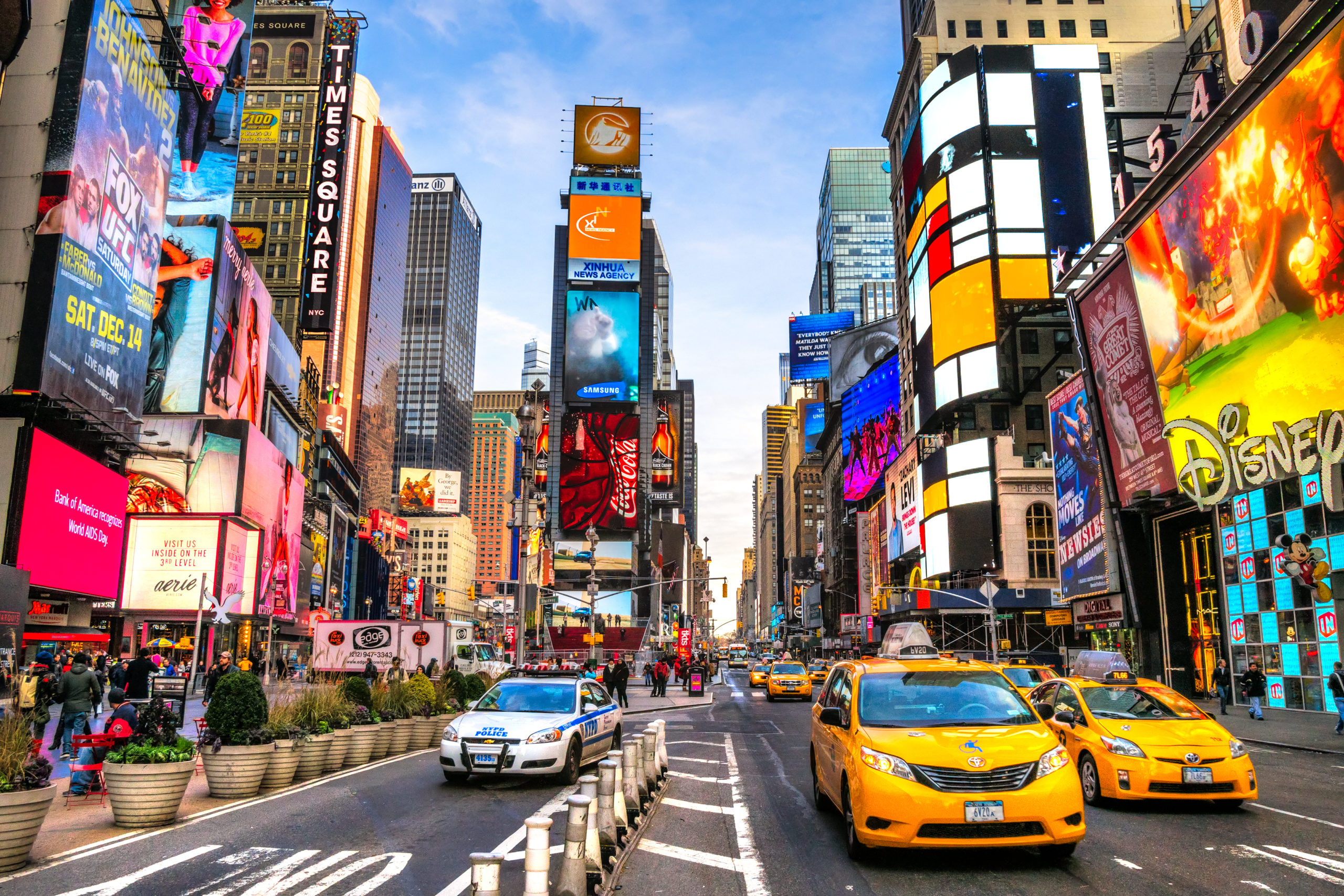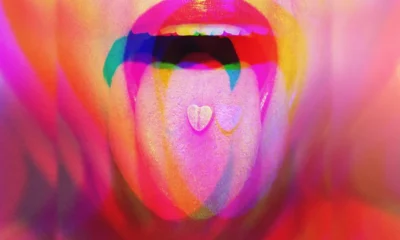Connect with us
Published
3 years agoon
By
High Times
What do you get when you take two modern-day industries, huge interactive art exhibits a la Meow Wolf and the newly legal ever-growing cannabis biz, and put them together? New York’s The Stone Age is a pretty solid meeting ground between the two, as an exhibit looking to destigmatize cannabis and explore its complicated history.
The new cannabis exhibition follows the state’s eventful year surrounding cannabis. New York legalized cannabis for adult use back in March. However, former Governor Andrew Cuomo’s lack of movement to name appointees to the state’s Cannabis Control Board, followed by a transition of power to Governor Kathy Hochul after his resignation due to sexual assault allegations, has made the legalization process in New York a bit more cumbersome than was initially expected.
After the legalization of cannabis in other states like Nevada and California, similar museums to The Stone Age popped up, like the Museum of Weed in Los Angeles and the upcoming Cannabition Cannabis Museum in Las Vegas.
The New York City cannabis museum just opened, spanning 9,000 square feet as a fun exhibit that also looks to explore the ties between cannabis and social justice, mass incarceration, the opioid epidemic and sexual wellness.
It features the works of eight street artists, some of whom were personally impacted by the criminalization of cannabis, and the experience looks to spread awareness; this is not an experience centered around cannabis consumption, cannabis consumption is not allowed in the space nor do they distribute cannabis on the premises.
The website’s FAQ does note, “However, we encourage visitors to do what they’d like to enhance their experience before arriving.”
Sasha Perelman organized the exhibition, along with Elizabeth Santana, producing hundreds of events for cannabis brands, wellness and other industries.
“For us, cannabis is so much more than just getting high,” Perelman told Fast Company. “There are many conversations that cannabis becomes the catalyst for that we’re really excited to have in this space and promote a conversation around.”
The first part of the exhibit is a four-room display about sexual wellness. The first room features a large pendulum swinging above vertical matches, just about to graze their surface; the last room features an LED sculpture, pulsing with light, with a red core inside. Brooklyn artist and designer Jason Krugman is behind the light and said it’s a sculptural intreation of what an orgasm looks like, ultimately hinting at the relationship between cannabis and pleasure.
“Cannabis helps release dopamine, which not only impacts our receptors and our nerve pathways, but it also enhances our sense of touch or smell,” Perelman said, adding that cannabis can be helpful for people who struggle with physical or mental comfort in relation to sex.
The next part of the exhibit looks into the long-standing correlation between cannabis and creativity, complete with a DJ booth that lets attendees compose their own beats. The section that follows is more somber, looking at the opioid crisis in the United States, suggesting that cannabis is a more natural, less harmful way to heal.
“The benefits of cannabis as a natural medicine to help with pain can not only help with opioid withdrawal but hopefully alleviate your need to try opioids,” Perelman said.
Parts of the exhibit also focus on the racist history of cannabis, including a timeline that shows the way anti-cannabis propaganda has been used to demonize the plant and its users (specifically people of color) dating back to the 1937 Marihuana Tax Act.
The political actions of decades’ past and the War on Drugs that followed consistently targeted and disproportionately impacted people of color. Now, as cannabis reform sweeps the country, social equity has been on the lips of legislators, writing in policy to ensure those most affected by the criminalization of cannabis have access to the legal industry.
The Stone Age team worked with the Last Prisoner Project, a nonprofit advocating to free those serving jail time for nonviolent cannabis charges, and commissioned art from individuals who have been incarcerated or who currently are.
The climax of the installation has attendees walk past a mural by an anonymous artist who was previously incarcerated into a jail cell, with a flimsy bed and hundreds of tally marks on the wall.
“Those are very much conversations that make a lot of people uncomfortable,” Perelman said. “We want to create a space where, in a fun, entertaining, and thought-provoking way, we can elicit those types of dialogues, and start to create a new narrative and create more progress.”The Stone Age is a limited-time event, though the exact end date is still to be determined. TIckets start at $45 and a portion of the sales will be donated to the Last Prisoner Project. To learn more, visit The Stone Age website.


New York Cannabis Control Board Approves 101 New Adult-Use Licenses


Killer Pharmacist Who Diluted Life-Saving Drugs To Be Freed From Prison


Doctors Join Call To Regulate Intoxicating Hemp Cannabinoids


Is Your Tesla Self-Driving Car Narcing You Out?


Psychedelics Offer Long-Term Improvement in Sexual Functioning, Enjoyment


March Marks New High for Cannabis Sales in Michigan
